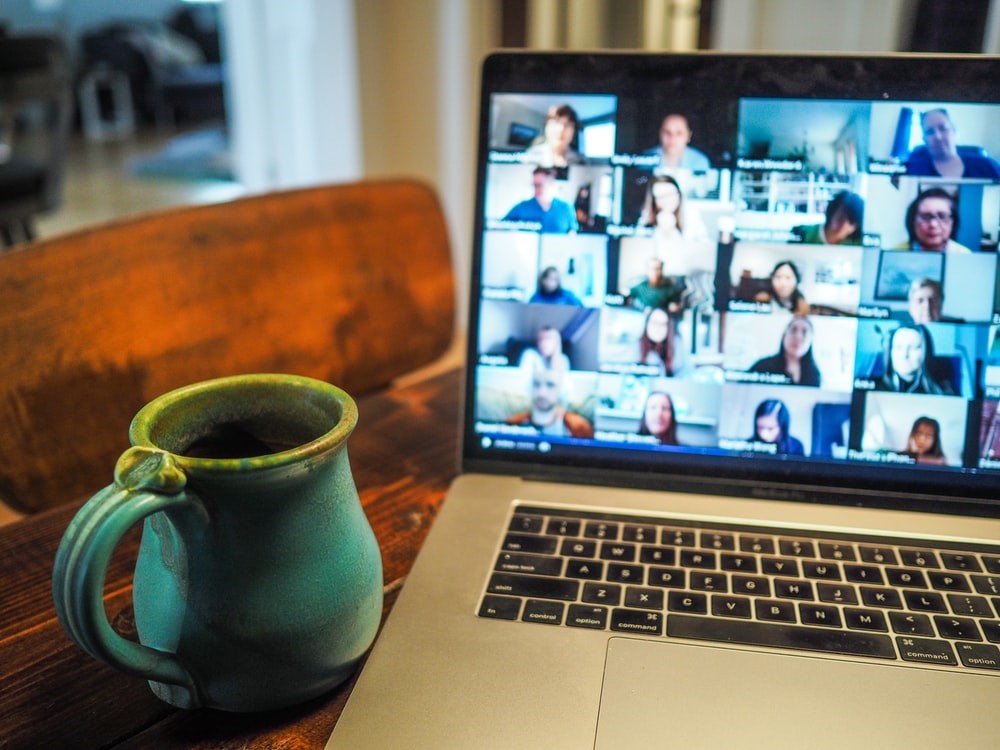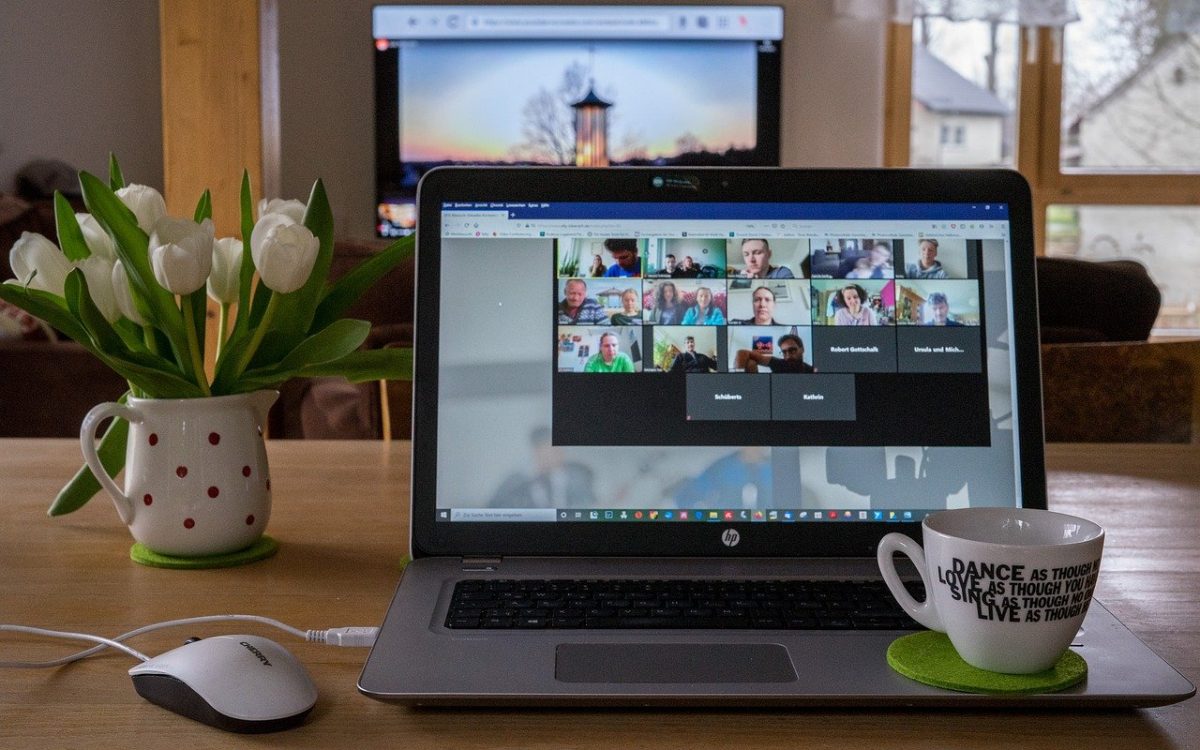There is a feeling of underlying stress at the moment. The continued impact of COVID-19, the economic forecast and levels of unemployment rising all playing a part in why some people behave the way they do.
For those of us in a customer service environment, it can be particularly challenging. Providing quality customer care is often what differentiates a business from its competitors. When you have an angry customer, your skills and patience are put to the test. So how do we continue to serve when we are dealing with difficult customers?
Difficult customers come in many varieties and they require slightly different approaches.
Here are our top 3 strategies for dealing with difficult customers.
Separate the person from the problem.
When someone is raising their voice or shouting at you, it’s easy to go with your primal instinct and shout back to defend your position. What if the customer has a valid reason to be so upset? Focus on the message the customer is sending you, rather than how they are sending it. Once you identify the problem assure the customer you’re going to do your best to resolve it..
Show empathy and reassure.
As a society, generally, we have all become very impatient. Life moves much quicker than it did 10-15 years ago, mainly thanks to technology. Anything we want is just a few clicks away. When a customer is demanding and wanting everything immediately it’s important to reassure them. Work as efficiently as possible, while reassuring them you are working on the best solution to fix the problem. Show empathy: ‘I can see you’re in a hurry and I’m working as quickly as I can to….’”
Establish rapport.
When a customer is being difficult find ways to build a rapport to calm the situation. Customers are less likely to heighten their negative emotion if they like you. Build rapport by showing your product knowledge, or experience in handling similar situations before. Listen to what the customer has to say and paraphrase the keywords they use. Show the customer you’re on their side and they are more likely to work with you to solve the problem.
Sometimes, it isn’t you, it’s them. There are some customers who are just never going to be happy. Keep in mind the quote by Shep Hyken “The customer is not always right, but they are the customer. So, if they are wrong, let them be wrong with dignity and respect.” Customers are the core of any business, so do your best to solve the problem and be as proactive as you can
Enjoyed these tips? We can help with tangible tools and support. Join us for our next workshops:
Dealing with Difficult Customer – and keeping your cool *
Manage Stress, Build Resilience *
Develop Your Emotional Intelligence *
Developing Self Confidence & Assertiveness *
* Also available online as a live, facilitator-led virtual training course
Call us on 9218 9059 or email hello@ati-mirage.com.au











